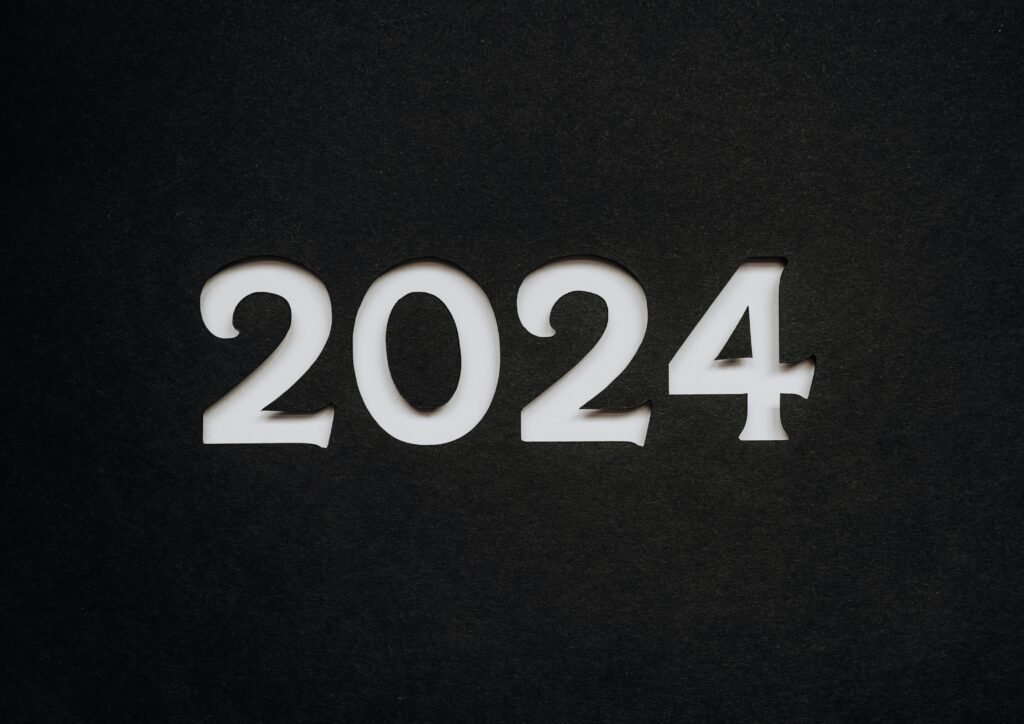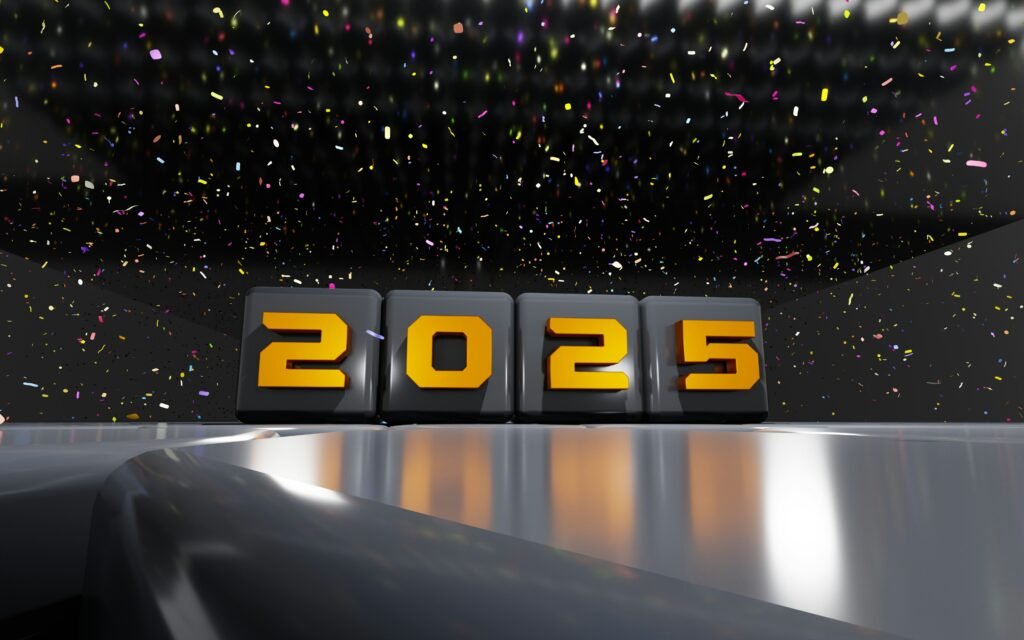Blockstreet says the USD1 stablecoin, issued by World Liberty Financial and backed by Donald Trump’s orbit, could top the stablecoin charts by 2028. Launched in April and already listed on Coinbase and Binance, the USD1 stablecoin runs on Ethereum, BNB Chain, Tron, and Solana. Today, the USD1 stablecoin supply is about $2.5 billion, versus roughly $71 billion for Tether’s USDT and $167 billion for Circle’s USDC. Blockstreet’s co-founder Kyle Klemmer says the USD1 stablecoin will target payments, financial inclusion, and rapid ecosystem integrations to close the gap.
2028 projection explained
Blockstreet’s 2028 projection hinges on mainstream distribution and deep liquidity. The USD1 stablecoin will be pushed into wallets, exchanges, and merchant rails to meet real-world demand. Klemmer points to rising institutional interest and growing sovereign interest as fuel for adoption. The plan: make the USD1 stablecoin simple to hold, easy to spend, and attractive to treasuries, then scale network effects across chains and markets.
Blockstreet integration push
Blockstreet is building a USD1-native launchpad to thread the USD1 stablecoin through DeFi, centralized exchanges, and traditional rails. The focus is stablecoin payments that feel instant and familiar, from e-commerce checkouts to peer-to-peer wallets. The USD1 stablecoin will also target underbanked users with low-cost remittances and on-ramps. If the USD1 stablecoin becomes a default payment option in apps, Blockstreet believes financial inclusion follows.
Chains and listings momentum
Distribution matters. The USD1 stablecoin is on Ethereum for broad DeFi access, BNB Chain for retail scale, Tron for low-fee transfers, and Solana for high throughput. Listings on Coinbase and Binance speed discovery and liquidity. If the USD1 stablecoin gains spot and perpetual pairs across major venues, order book depth could rival incumbents. Cross-chain bridges and custodial support will be key to seamless flows.
Governance and WLFI
World Liberty Financial issues the USD1 stablecoin, while the WLFI governance token shapes the wider ecosystem. Blockstreet says the WLFI governance token is becoming transferable beyond accredited investors, widening participation. A clear, transparent voting process could reassure institutions. The USD1 stablecoin will benefit if governance shows credible oversight, public reporting, and predictable upgrades without headline risk.
Competing with Tether and Circle
Tether’s USDT dominates liquidity on Tron and many offshore venues, while Circle’s USDC leads on regulated rails and with fintech partners. For the USD1 stablecoin to break through, it must combine both strengths: ubiquitous liquidity and regulatory-grade integrations. Circle’s network of banking partners sets a high bar. Tether’s reach in emerging markets is hard to unwind. The USD1 stablecoin will need reliable attestations, multichain speed, and strong market maker support to win flows.
Politics, scrutiny, and trust
Political backing attracts attention, but it also brings scrutiny. Some retail investors and lawmakers question the governance design and the Trump connection. The USD1 stablecoin will have to prove neutrality in times of market stress and elections. Clear disclosures from World Liberty Financial, consistent audits, and robust compliance can stabilize trust. If the USD1 stablecoin shows resilience during volatility, adoption could accelerate despite headlines.
Metrics to watch next
Watch the USD1 stablecoin’s circulating supply, on-chain active addresses, and exchange volumes. Track merchant integrations for stablecoin payments and remittance corridors that lower fees. Monitor institutional interest through custody announcements and treasury pilots, along with sovereign interest via public-sector partnerships. If the USD1 stablecoin sustains month-over-month growth across these metrics, the 2028 projection looks more credible.
Frequently asked questions about USD1 stablecoin (FAQ)
What is the USD1 stablecoin?
The USD1 stablecoin is a dollar-pegged asset issued by World Liberty Financial. It aims to power payments, savings, and settlement across crypto and traditional finance.
How is the USD1 stablecoin different from USDT and USDC?
Tether’s USDT dominates global liquidity, while Circle’s USDC leads with regulated partners. The USD1 stablecoin plans to blend both approaches: multichain speed, wide listings, and stronger payments utility.
Where can I get the USD1 stablecoin?
The USD1 stablecoin is listed on major exchanges, including Coinbase and Binance. It also operates on Ethereum, BNB Chain, Tron, and Solana.
What is the WLFI governance token?
WLFI is the governance token linked to the USD1 ecosystem. As it becomes transferable beyond accredited investors, more users can participate in governance proposals.
Why do politics matter for the USD1 stablecoin?
The Trump connection draws attention and questions. Transparent governance, audits, and compliance from World Liberty Financial will be crucial to build durable trust in the USD1 stablecoin.



